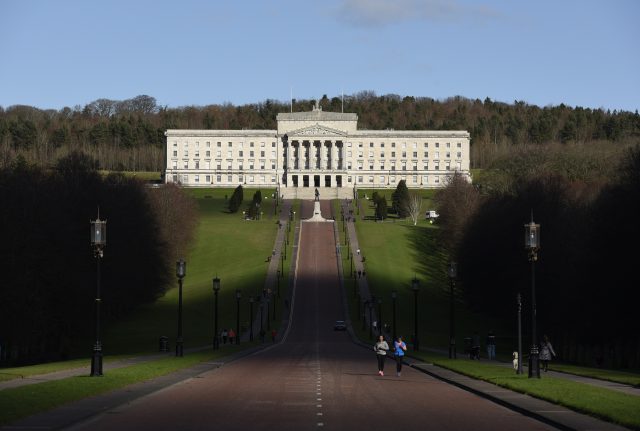Women participate in physical activity much less than men and Northern Ireland is more imbalanced in this regard than the European average. Why is this the case and what could be done to increase female participation in sport?

The Continuous Household Survey indicates that 47% of women in Northern Ireland said they had participated in sport in the previous 12 months, compared with 63% of men. Men are also more than twice as likely to be a member of a sports club or gym (32%) compared with women (14%). The difference between men and women for each of these measures has remained stubbornly similar from the start of the last Assembly mandate to the end, and we are consistently some way short of the European average.
Contributing factors
Looking at different age categories is interesting in this regard. While women in Northern Ireland exercise less than men in all age bands above 16 years, the gender imbalance is less pronounced at primary school age. Some recent studies have suggested that participation rates among boys and girls begin to diversify during teenage years, and that the kinds of sport offered by post-primary schools (and the ways in which they are taught) may be a deterrent for some. A survey of young people aged 11 to 16 in Northern Ireland found that 60% of boys, but just 38% of girls, participate in sport at least two hours a week. In addition, 63% of girls do school sport for just an hour or less a week.
Recent research conducted by Katie Liston and Marie Murphy of Ulster University has concluded that while we do not yet fully understand why women generally exercise less than men, deterrents include factors such as insufficient confidence in undertaking sport; perceptions of not being ’sporty’; fears of a lack of safety in the local environment; insufficient time and money; and insufficient access to the right programmes and classes. Initiatives such as Couch to 5k, Jog Belfast and Parkrun have shown that creating opportunities for physical activity which are safe, low cost, build from low to high intensity and enable a high level of social support can be effective.
Meeting the challenges
Increasing female participation in physical activity is not necessarily a straightforward task. Targeted programmes have been created elsewhere, like Sport England’s #ThisGirlCan campaign. This initiative uses television adverts and social media to encourage women to take part in a wide range of sports. Building on a programme of research into the barriers experienced by women, the campaign focuses specifically on ‘overcoming fear of judgement’. Additionally, the Irish Sports Council has had a specific Women in Sport programme for more than ten years now.
The Northern Ireland Sport Matters Strategy includes a target of increasing female participation in sport by at least six percentage points by 2019. However, a report by the Women’s Fitness and Sport Foundation predicts a 5.5% drop in the participation levels of women by 2017. Sport Northern Ireland defines women and girls as a distinct ‘target group’ for funding purposes but does not currently have a bespoke programme aimed at increasing female participation. However, with a budget which declined by 45% between 2010/11 and 2015/16, Sport NI’s resources are inevitably tight.
And there are wider inequalities in the sporting sector which may be impacting on women’s participation rates. For example, the latest figures indicate that 78% of sports coaches are male; most elite athletes are male; and there is a persistent gender imbalance at board level in sports organisations. A study which examined Northern Ireland athletes at the Commonwealth Games concluded that there is a marked and long-term disparity between men and women in terms of medals won.
Sport NI is a signatory to the ten principles of the Brighton Declaration, created by the International Working Group on Women and Sport in 1994. The principles include, for example, a commitment to ‘ensure girls receive physical education which provides them with equitable opportunities’. Living up to these principles will go beyond the responsibilities of the new Department for Communities alone. Northern Ireland does not currently have a national physical activity plan, but redressing the current imbalance in physical activity levels is likely to require a sustained, cross-departmental effort.

